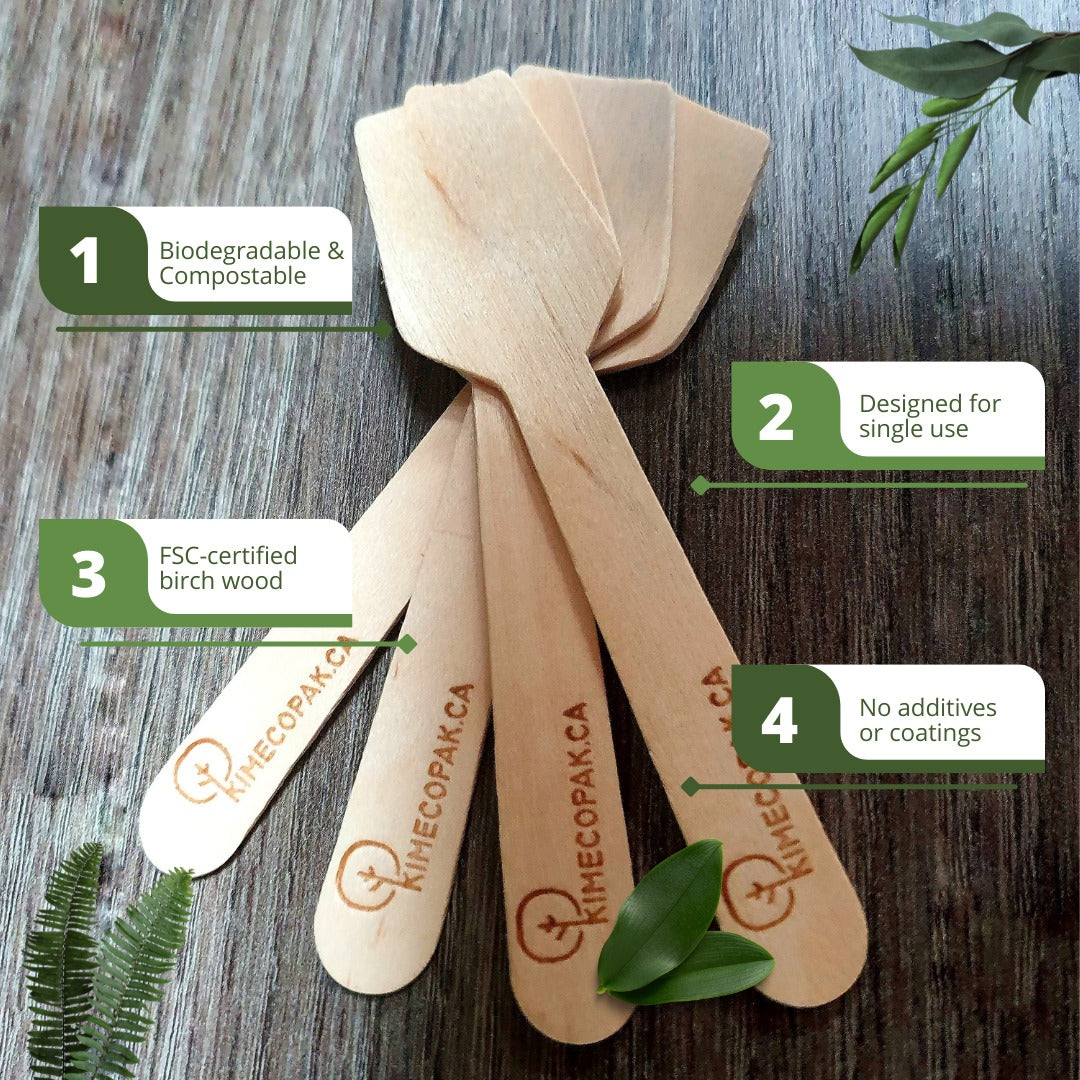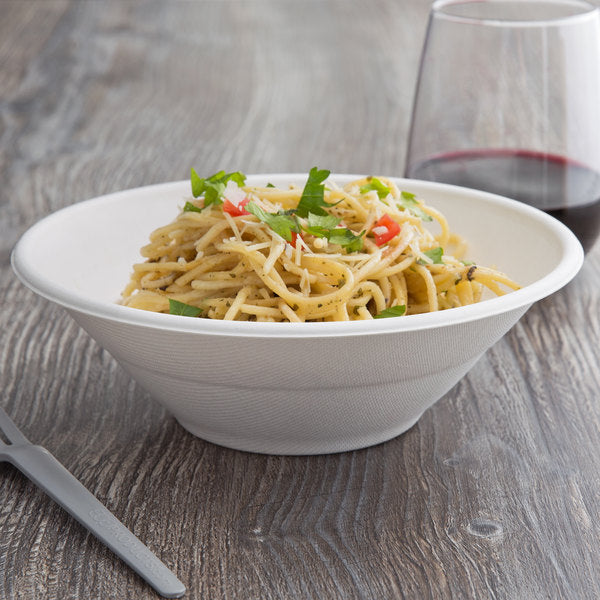Cooking steak to perfection requires precision and an understanding of steak temperatures. Whether you prefer a juicy medium-rare ribeye or a well-done filet mignon, knowing the right internal temperatures is key to achieving the perfect doneness. This comprehensive guide will cover steak temperatures, cooking methods, essential tips, and common mistakes to avoid.
Steak Temperatures Chart
| Remove from heat at this temperature | Final cooked temperature | |
| Rare | 48ºC / 118ºF | 50ºC / 120ºF |
| Medium Rare | 52ºC / 125ºF | 54ºC / 130ºF |
| Medium | 58ºC / 136ºF | 60ºC / 140ºF |
| Medium Well | 62ºC / 143ºF | 65ºC / 140ºF |
| Well Done | 68ºC / 154F | 70ºC / 160ºF |
Rare: 120-130°F (49-54°C)
Rare is the lowest temperature level in the steak cooking process, with the meat inside still raw and bright red. A rare steak retains the natural flavor of the meat, however, this doneness is only suitable for those who truly love the raw and tender taste of beef. For those who prefer this doneness, choose a high-quality piece of meat that is carefully prepared to ensure food safety.
Medium Rare Steak Temparature: 130-135°F (54-57°C)
What temp should a medium rare steak be?
Medium rare is the most common temperature when cooking steak. With the center of the meat being pink and mostly lightly cooked, medium rare steak retains the moisture and natural sweetness of the meat. This is the ideal choice for those who want to enjoy the tenderness of the steak while still having a little bit of doneness. Many people prefer this temperature because it brings a balance between flavor and doneness, suitable for most types of beef.
Medium: 135-145°F (57-63°C)
Medium steaks are light pink, the meat is more cooked but still retains moisture and softness. This is a suitable choice for those who do not like meat too raw but still want to enjoy the tenderness and sweetness of steak. This temperature level helps the steak maintain a good texture without drying out.
Medium Well: 145-155°F (63-68°C)
At medium well, the steak is almost completely cooked, with only a little light pink in the middle. This is the choice for those who like their steak well done but do not want the meat to be dry and tough. However, it is important to adjust the temperature carefully so as not to lose the moisture and flavor of the meat.
Well Done: 160-165°F and Above
Well done is the highest temperature level, the steak is completely cooked and no longer pink inside. For this temperature, the cook needs to pay attention not to leave the meat on the stove for too long because it can easily lead to dryness and toughness. Some tips such as using butter, oil or sauce can help retain moisture and enhance the flavor of well done steak.

How to Tell When Steak is Done
Using a Food Thermometer
A food thermometer is an indispensable tool to ensure accuracy when cooking steak. Choose a thermometer with a small and sharp needle tip to easily measure the internal temperature without losing much of the meat juice. To measure the temperature, insert the thermometer into the thickest part of the steak, avoiding touching bones or fat, and read the result after a few seconds.
Accurate Measurement Method
To accurately measure the steak temperature, make sure to insert the thermometer tip into the middle of the meat, not touching bones or fat, as these parts can distort the result. In addition, wait about 5 seconds for the thermometer to stabilize before reading the result. Always remember to check the temperature at different points on the steak, especially if the meat is uneven in thickness.
No Thermometer, What to Do?
If you don't have a thermometer, you can use some tips to check the doneness of the steak. One popular way is to use your finger to check the elasticity of the meat: the less elastic the meat is, the more cooked it is. Or you can cut a small piece to check the color inside. However, these methods are only relative and are not as accurate as when using a thermometer.
The Effect of Temperature on the Flavor and Texture of Steak
Marbling
Marbling, also known as fat marbling, is an important factor that determines the tenderness and flavor of steak. When cooked at the right temperature, the fat in the steak melts and penetrates each fiber of the meat, creating a soft and characteristic flavor. If the temperature is too high, the fat marbling will melt completely and lose the richness and tenderness of the steak.
Cooking Steak at Low Temperatures
Cooking steak at low temperatures, such as sous-vide or slow cooking, helps the meat cook evenly from the inside out without losing moisture or drying out. This method is especially useful for thick steaks, helping to retain the natural flavor and tenderness of the meat.
Other Factors
Temperature is not the only factor that affects the quality of steak. The thickness of the meat, the type of meat (such as Wagyu or regular beef), and the cooking method (grilled, pan-fried, oven-roasted) also play an important role. For example, a thick steak will need a longer cooking time at a low temperature to ensure even cooking, while a thin steak can be cooked quickly at a high temperature without fear of drying out.
Best Cooking Methods for Different Steak Doneness Levels
Grilling
Best for: Medium-rare to well-done steaks
-
Preheat the grill to high heat (450-500°F / 232-260°C).
-
Sear each side for 2-3 minutes, then move to indirect heat to finish cooking.
Pan-Searing
Best for: Medium-rare to medium steaks
-
Use cast iron or stainless steel pans for an even sear.
-
Heat the pan with a high-smoke-point oil (avocado, canola, or grapeseed).
-
Sear each side for 3-4 minutes, then reduce heat and cook to desired doneness.
Oven-Baking (Reverse Sear Method)
Best for: Thick steaks (1.5+ inches)
-
Preheat the oven to 275°F (135°C).
-
Cook until 10-15°F below the target temperature.
-
Finish with a quick pan-sear for a crispy crust.
Sous Vide Cooking
Best for: Perfectly even doneness
-
Cook steak in a water bath at the exact target temperature.
-
Finish with a 30-second sear per side for flavor.
How to Cook Steak? Steak Cooking Times
How to Cook Rare Steak
Rare steak is for the true carnivore who wants something nearly raw but gets it cooked as little as possible.
Warm in the middle, slightly charred on the outside, browned around the edges, and bright red in the center is what defines a rare steak. Similar to raw meat, the meat should feel soft to the touch but have a browned surface.
For a 1-inch steak, place the steak on a hot grill for 5 minutes. Then, turn and continue grilling for another 3 minutes. Continue cooking to an internal temperature of 120 to 130 F (49 to 55 C).

How Long To Cook A Steak Medium Rare
Medium-rare steak is the recommended level of doneness for a good steak.
A medium-rare steak should be slightly pink in the center with a hint of red, and it should be warm throughout. The top and bottom should have caramelized to a dark brown color with nice grill marks, and the sides should be nicely browned. The firm outside surface of this steak should give slightly in the middle, but it will quickly spring back.
For a 1-inch steak, place the steak on a hot grill for 5 minutes. Then, turn and continue grilling for another 4 minutes to an internal temperature of 130 to 135 F (55 to 57 C).

How to Cook Medium Steak
Medium steak is ideal when grilling for a large group of people.
A medium-cooked steak should have more browned meat than pink throughout, with a thick band of light pink color running through the center. The sides should be a rich brown color and the top and bottom charred darkly (but not black). Although it feels firm to the touch, this steak will have some give in the middle.
For a 1-inch steak, place the steak on a hot grill for 6 minutes. Then, turn and continue grilling for another 4 minutes until an internal temperature of 140 to 150 F (60 to 66 C) is reached.

How to Cook Medium-Well Steak
Medium-well steak is for those who don't want a lot of pink in their meat. A medium-well steak should have just a hint of pink in the very middle of the steak with a dark brown surface and good charring on the top and bottom. The steak will be very stiff but still have a little squish in the center.
For a 1-inch steak, place the steak on a hot grill for 7 minutes. Then turn and continue grilling for another 5 minutes. Cook to an internal temperature of 155 to 165 F (68 to 74 C).

How to Cook Steak Well-Done
Well-done steak should not be burnt on the outside. While there is not the faintest hint of pink in the middle, it should be browned through, not burnt through. This steak will feel solid when touched.
For a 1-inch steak, grill over medium heat for between 10 and 12 minutes per side. It should reach an internal temperature of 170 F (77 C) or higher.

Common Steak Cooking Mistakes to Avoid
- Overcooking: Dry, tough steak ruins flavor and texture.
- Skipping the Resting Time: Cutting too soon makes juices run out.
- Cooking Cold Steak: Always bring steak to room temperature before cooking.
- Not Using a Thermometer: The best way to ensure accuracy.
- Using the Wrong Oil: Low-smoke-point oils (e.g., olive oil) burn at high temperatures.
Pro Tip: Always rest steak for 5-10 minutes before slicing to lock in juices.
FAQs About Steak Doness
What is the best temperature for a medium-rare steak?
Medium-rare steak should reach an internal temperature of 130-135°F (54-57°C).
How can I tell steak doneness without a thermometer?
The "finger test" compares the firmness of the steak to different parts of your hand, but using a thermometer is more accurate.
Does steak continue to cook while resting?
Yes, this is known as carryover cooking; the internal temperature can rise by 5-10°F (3-6°C) during resting.
Is it safe to eat rare steak?
Consuming rare steak carries a higher risk of foodborne illness; ensure the meat's surface is properly seared to kill bacteria.
How long should I let my steak rest after cooking?
Allow the steak to rest for at least 3-5 minutes to let juices redistribute for optimal flavor and tenderness.
Conclusion
Temperature is a decisive factor in the quality of a perfect steak. Mastering the temperature levels, measuring techniques and cooking methods will not only help you create delicious steaks but also bring memorable culinary experiences to your family and friends. Always remember that a properly cooked steak will not only satisfy your taste buds but also demonstrate the sophistication and skill of the cook.
Related Articles:







